|
Homeschooling is more than moving school into your home: it is your opportunity to create a deeper relationship between learning and your child. When done well, teaching and learning becomes a constant guest that fits into your life instead of rudely interrupting it.
Homeschooling will definitely transform your day, but you have much more power over your schedule than you realize. Being creative and flexible with your school hours, days, and weeks, means having more freedom to make choices you might not have thought possible. A Life of a Homeschooler is a Life in Flux When the kids were all very small, consistency was the key to keeping us on task. We chose to hold school year round because it fit our needs. As the kids grew older, baseball became a summer occupation for my husband as a coach. We opened a wider stretch of weeks in the summer for a break. Eventually, we followed closely with the public school schedule when our older children first began attending college, as we didn’t want to miss out on the time that they were home with us for the summer. We flexed our calendar schedule, but our hourly schedule has seen plenty of change too. With multiple children, we schooled in rounds. The younger children get up earlier, so we would begin with the subjects that they needed my hands-on instruction for. When they were excused for a break, the older kids had instruction time. We wrapped up the day with online math and personal reading time. Last year, I worked away from home two days a week. We again switched back to year round school AND to a four day week. Because of my work schedule we chose to have school on Saturday mornings instead of a traditional “school” day. With homeschooling, it is your school; you decide when and how you will fulfill your state’s required minimum days of school. With this flexibility parents find that homeschooling might be a more feasible option where they once thought it was impossible. With co-ops, play groups and activities you can still schedule outside activities with another family or share rides to help cover work schedule overlaps. Thinking Outside of the Norm Many parents I speak to are intimidated by homeschooling because of the perceived time commitment. Eight hours a day teaching seems like a daunting requirement for anyone, but especially for the person who has to make the same kids dinner and tell them to do their chores. Homeschooling takes less hours than you think. A school day is not eight hours long. A school teacher’s workday is eight hours, this is to make up the American standard, 40 hour workweek. If you discount time trading classes, settling in, correcting students and reviewing material covered in the previous class, instructional time is less than 30 minutes on average. If the average school day has seven periods, that is roughly three and a half hours of hands on instructional time. The four hour school day is not as hard to schedule for. At our house we do school from 10am to 2pm; this works for my schedule as a freelance writer. I work best in the early mornings, while the house is still quiet, but in other homeschools, the kids rise early and do any work that takes parental involvement in the morning hours. A parent can work in the afternoon from home while the children move into their own studies, electives, hobbies and chores. Some parents alternate teaching days with their spouse to fit their work schedules, single parents have created similar approaches to shared teaching times if they live where the state allows parents to teach an unrelated students. Room to Explore and Be Creative My public, high school class had over six hundred students. I was able to take one art class, it was the only class I looked forward to and I knew I was not going to have the opportunity to have another one. Homeschool students have the opportunity to explore topics that interest them. I encourage parents to find ways to discover their children’s interests and make them creditable. Do they play a sport? Homeschooling gives the flexibility for offseason training. Do they love games, tech, photography or art? Classes are available in abundance through homeschool curriculum providers or in the same places I learned how to build a website and improve my blog; classes online. Education is rapidly changing and adults are taking the reins of their skills and turning to sources outside of the traditional college network. Course creators and creative entrepreneurs are taking notice and creating tools to give those with skills a platform to teach. Our students can receive high school credit while under our supervision for learning any number of skills in and outside of “school” hours. Creating a schedule that fits your life and the needs of your student will give you a homeschool experience that feels natural and compliments your family’s rhythms. With less stress and conflict, student work gets done and learning can begin to be fun again.
2 Comments
I started homeschooling my daughter when she started kindergarten, after homeschooling my oldest son, who has autism, the last semester of his senior year in public high school. Halfway into Laura’s kindergarten year, a tragic event stopped us cold in our tracks – my husband was shot and paralyzed in an attempted armed robbery.
As his caregiver, I felt (at the time) like I couldn’t give him 100% and homeschooling 100%, so Laura was enrolled in the local public school for the remainder of kindergarten, and for the next two years. A double-whammy diagnosis of dyslexia and ADHD, coupled with chronic migraines, re-opened our homeschool almost three years ago. This post may feature affiliate links, which provide a small commission to me. I do not recommend products, websites, or services I don’t use myself. The commission helps me provide for this website and for my family. I thank you for your support. Laura has thrived in homeschool for third and fourth grades. Yes, she could have done better on tests, but homeschool is where she thrives (and her migraines went from 15 a month in public school down to about four a year). When I started homeschooling, I had tons of questions: curriculum? Dedicated homeschool space? Socialization? Do I follow my state’s course of study? Because of recent events in our nation, there is an unprecedented rise in the number of homeschooling families. This post serves to answer some questions I had as a new homeschooler and provide some resources. What about socialization? With public schools’ mandated masks, six-feet-apart, have lunch and PE and specials in classrooms, not to mention library, the socialization question is now moot. If homeschoolers have other homeschooling friends over to play, do seatwork together, or work on joint projects, they will have more socialization than kids in public school. With my daughter, because she is with adults most of the day, she can carry on conversations with adults and kids alike with confidence. Don’t worry about this. Dedicated homeschool space? If you are blessed to have a space in your home that can be a dedicated homeschool space, by all means, go for it. I live in a three-bedroom, two-bath house where the “open concept” is alive and well, and the living room/dining area/kitchen are all open to one another. Now, the smallest bedroom doubles as a guest room/office, so I still don’t have a dedicated homeschool space, and continue to use the dining area. The dining area is right off the kitchen (again, open floor plan) and I really like this. Laura can do seat work while I put something in the slow cooker for dinner, or wash dishes. I’m right there within earshot and sight line if she has a question or wants to talk through the lesson. We have a small shelf in the dining area that holds this year’s curriculum so we don’t have to dig for it. We have another cabinet that holds resource books and things we don’t use all the time but still need to have handy. A chalkboard and dry erase board on the wall complete the ensemble. When we read books together, whether it’s literature, history, or science, we go to the sofa to read as it’s more comfortable and we can both read along in the same book. When we watch a YouTube video to explain a concept, we watch it from the sofa. Our entire home is meant for learning – we have science experiments in the kitchen, large craft or art projects strewn on the living room floor, and the dining table is for seat work. This works for our family. Curriculum? There are many choices for curriculum. You can do an all online curriculum, or buy printed, all-inclusive curriculum. You can do what I do and put together an eclectic curriculum based on your child’s needs and where they’re at academically. Or, you can do all three. The most important thing is to do what is best for your child, even if you have multiple children – each child is an individual with individual needs. Homeschooling is the ultimate individualized educational plan. The beauty of homeschool is that you as the parent choose the course of study. You don't have to follow a set course of study from any state. With high school, if your child is interested in going to college, have him choose two or three colleges or universities that he's interested in applying to, and work with your teenager to develop a high school course of study based on those college/university requirements. Budget is also a consideration. You can have a completely wonderful and acceptable homeschooling curriculum without spending a lot. Or anything. Just because someone buys a $500 curriculum doesn’t mean that any better – or worse – than someone who spends $20 on curriculum. I like old-school textbooks that existed before common core was common. So, for the third year in a row, I have purchased some textbooks for my daughter on EBay. Her math, science, and English textbooks for 5th grade have all been purchased, and I spent less than $20 on the entire lot. For spelling, I find spelling lists for her grade level on Pinterest, and create activities for them. A good dictionary book (not the Internet) provides definitions which she writes down. For cursive writing and spelling practice, I use this website to create cursive writing worksheets that are her spelling words. I use this website to create word finds and crossword puzzles. Playing board and card games and Hangman using her spelling words helps her learn them, too. Laura will have some new subjects this coming year, such as Spanish. I utilize Schoolhouse Teachers for her Spanish class, and as supplemental material on other subjects such as history, unit studies, and grammar. Schoolhouse Teachers is wonderful because they mail a quarterly magazine, included with your membership, about homeschooling that is rich with ideas and encouragement. For set curricula, I like to buy from a website where I can browse and read about each product, such as Christianbook.com. For some subjects or as supplemental material, I use Evan-Moor workbooks which are an incredible resource for all grade levels. When Laura reaches high school levels, I’ll use 7 Sisters Homeschool, which has no-busy-work curricula and is all PDF based. They host a wide variety of subjects written by veteran homeschooling moms. Special needs? As you can gather from my daughter’s diagnoses, special needs is a thing in our house. Actually, all four of my children have special needs, though the three oldest are adults and have moved on to their own houses (and, one got married!). It can be downright exhausting to parent special needs children, let alone homeschool them. I have found that my daughter thrives at home, where there is less stress and zero bullying. Still, parents who are homeschooling children with special needs require encouragement and inspiration. That is why, with the Lord’s incredible help, I’ve developed the Homeschooling Special Needs Online Conference, the first of its kind in the nation. Featuring over 20 speakers presenting over 30 sessions on homeschooling special needs, including the incredible Temple Grandin in a keynote. The conference boasts all pre-recorded videos for your convenience, and lifetime access to boot, for just $22. For more information, click here. To register, click here. Specials? In public school, kids have “specials” – library, PE, music, art. Homeschoolers have these things, too. We go to the public library once a week, Laura is constantly making art projects that tie into what she’s learning in history or science, and she goes outside to play, and play hard, for PE. We’ve also been known to incorporate health lessons in “physical education.” She also learns life skills, such as doing her own laundry, cooking (she loves making eggs for her own breakfast in the morning), and baking. Just today she finally (!!!) chose an instrument to learn, as we told her she needed to choose one for the fifth grade. She chose the ukulele! Recordkeeping For attendance, we use the AppleCore online attendance that is a perk of membership with Schoolhouse Teachers. When Laura starts ninth grade, it will be used to house her grades, too. The AppleCore program then takes her grades and generates an official high school transcript. I tell you, the annual membership for Schoolhouse Teachers is one of my most favorite -- and utilized -- resources. Homeschooling can be a delightful time, if you relax and allow learning to happen, at any time. For us, homeschooling is not between the hours of 8 a.m. – 2:30 p.m. It is 24 hours a day. We focus less on education and more on learning. Every experience can be a learning experience, and that is the attitude we choose to adopt. If you’d like more resources on homeschooling delivered straight to your inbox (including information on our Homeschooling One Child subscription boxes, special deals and coupons, and encouragement, sign up for our email newsletter. I wish you all the best! Love, Terrie © 2020 Terrie Bentley McKee ALL RIGHTS RESERVED |
AuthorTerrie Bentley McKee is an author and speaker who homeschools her youngest daughter. Married to her husband Greg, they have four children, all of whom have special needs of varying degrees. Terrie is a follower of Jesus Christ and tries to glorify God in all she does. To read more about her testimony, click here. Affiliate LinksHomeschooling One Child is a participant in the Amazon Services LLC Associates Program, an affiliate advertising program designed to provide a means for sites to earn advertising fees by advertising and linking to amazon.com. Check out our YouTube channel!Check out our podcast!Please pin!Archives
January 2024
Categories
All
|
- Home
- Blog
- Podcast
-
Resources
- Teach What is Good Devotional
-
Convention Resources
>
- Homeschooling a Teen with Autism
- Tips on Creating a Disability-Inclusive Church
- How to Teach Your Exceptional Child about Faith
- Homeschooling Preschoolers with Autism
- How to Pick Developmentally Appropriate Curriculum for your Autistic Child
- Overwhelmed
- Homeschooling One Child
- Life Skills Chickens
- Strategies on Homeschooling Kids with Special Needs
- About Us >
- Vlog
- Homeschooling News
- Printables
- Special Needs
- Curriculum
- Encouragement
- Home Management >
- History
- Science
- 25 Days of Advent
- Courses
- Store
(C) 2023 Terrie Bentley McKee ALL RIGHTS RESERVED
- Home
- Blog
- Podcast
-
Resources
- Teach What is Good Devotional
-
Convention Resources
>
- Homeschooling a Teen with Autism
- Tips on Creating a Disability-Inclusive Church
- How to Teach Your Exceptional Child about Faith
- Homeschooling Preschoolers with Autism
- How to Pick Developmentally Appropriate Curriculum for your Autistic Child
- Overwhelmed
- Homeschooling One Child
- Life Skills Chickens
- Strategies on Homeschooling Kids with Special Needs
- About Us >
- Vlog
- Homeschooling News
- Printables
- Special Needs
- Curriculum
- Encouragement
- Home Management >
- History
- Science
- 25 Days of Advent
- Courses
- Store
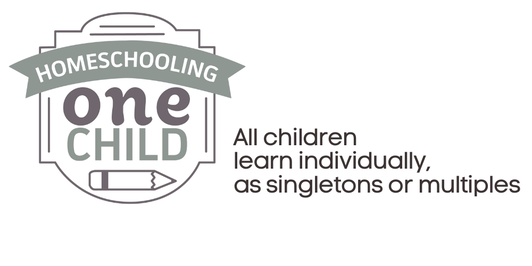

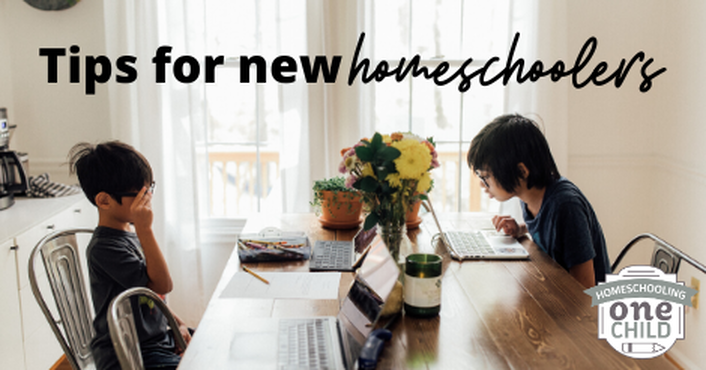
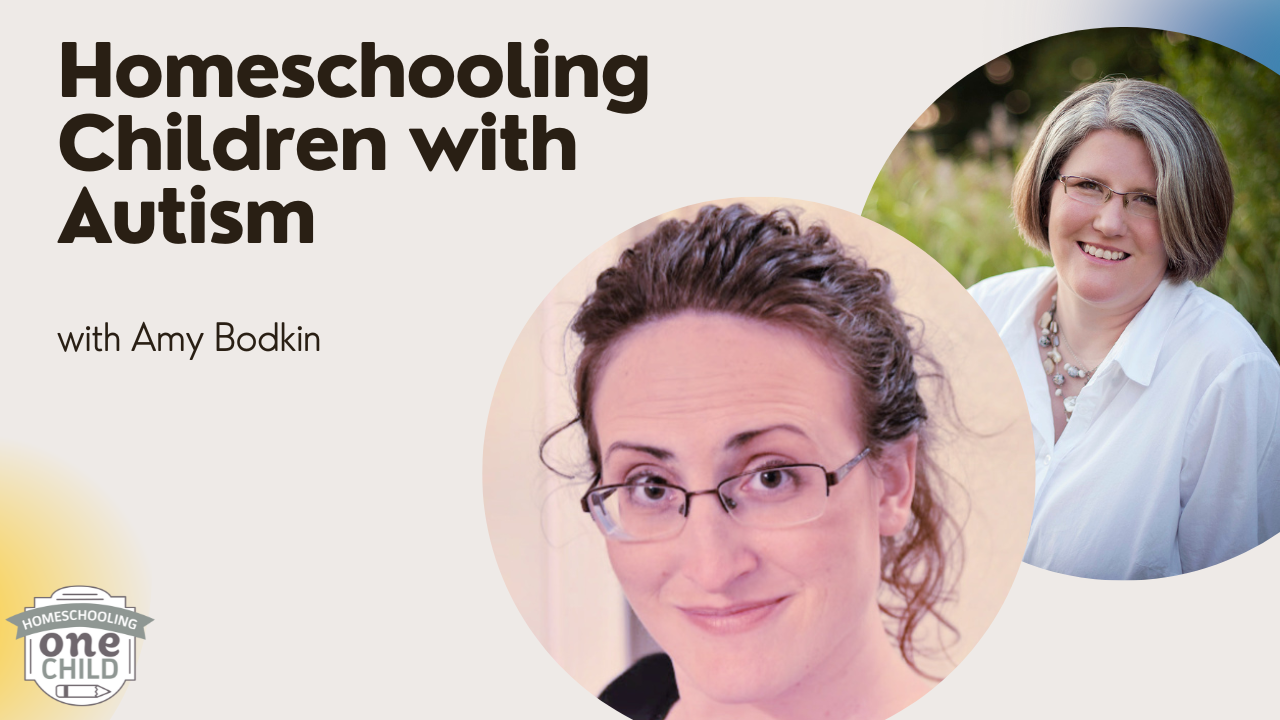
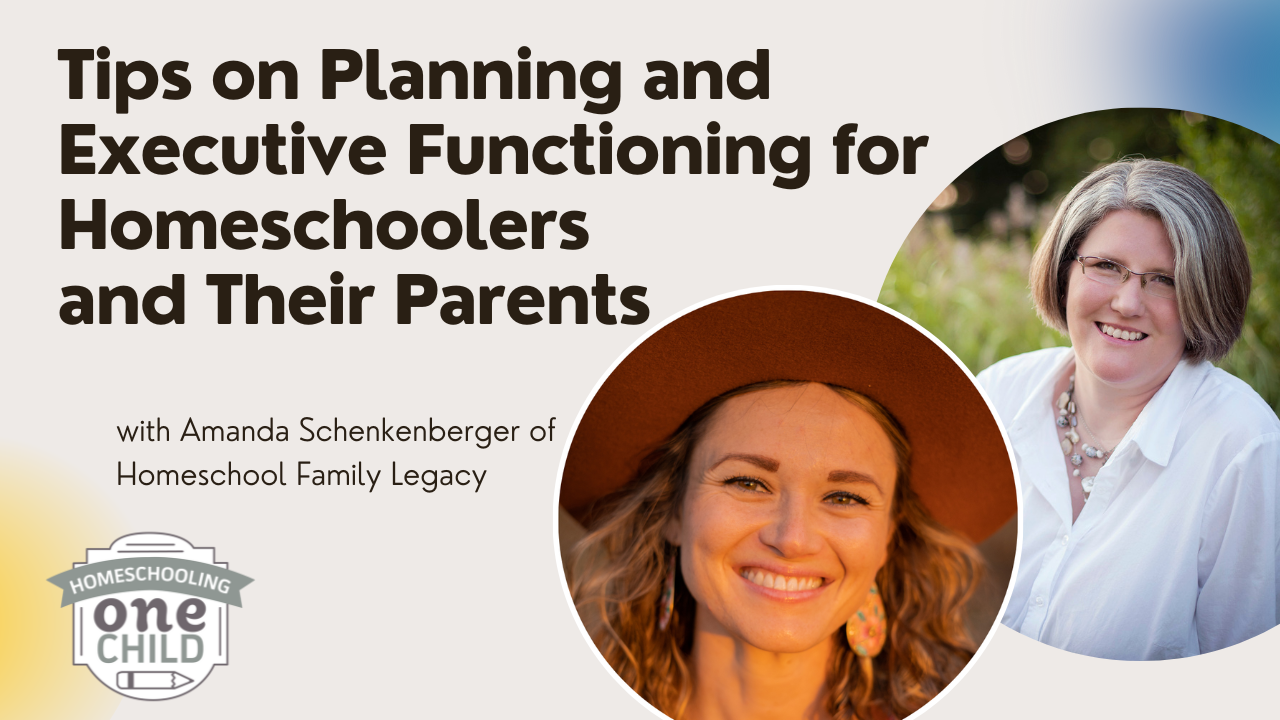
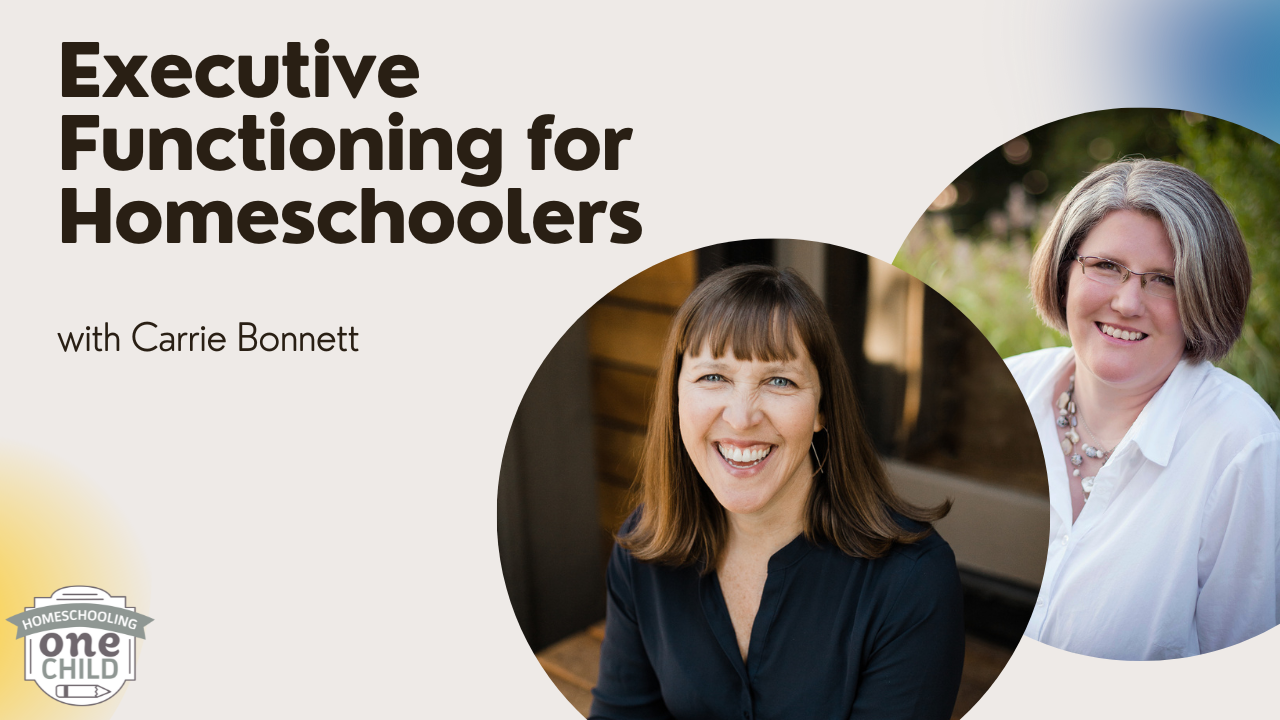
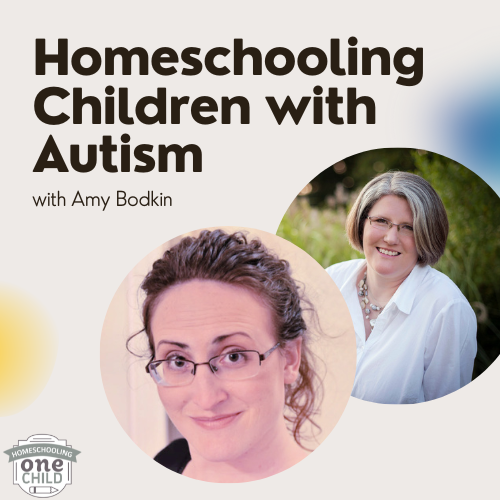
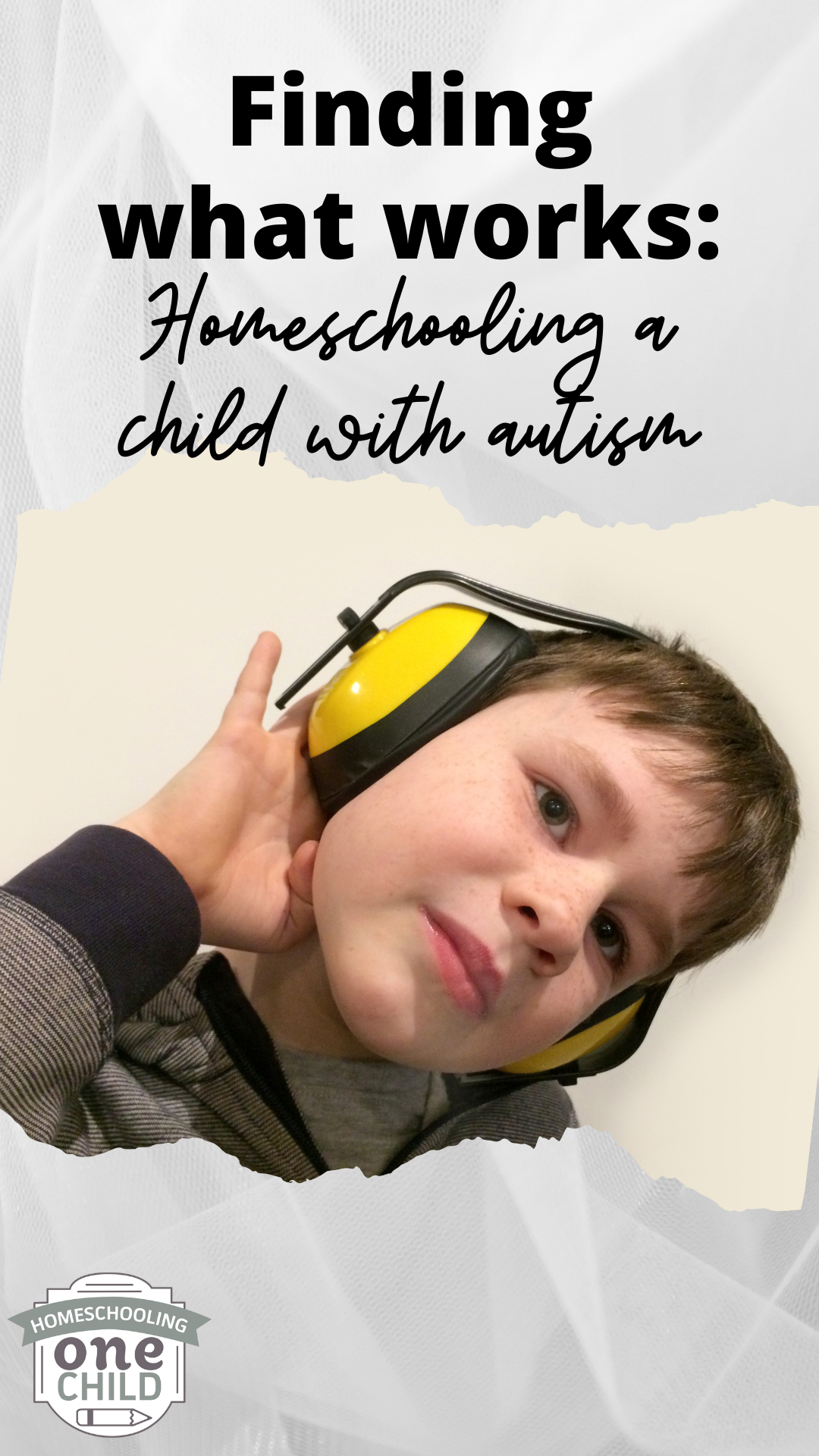
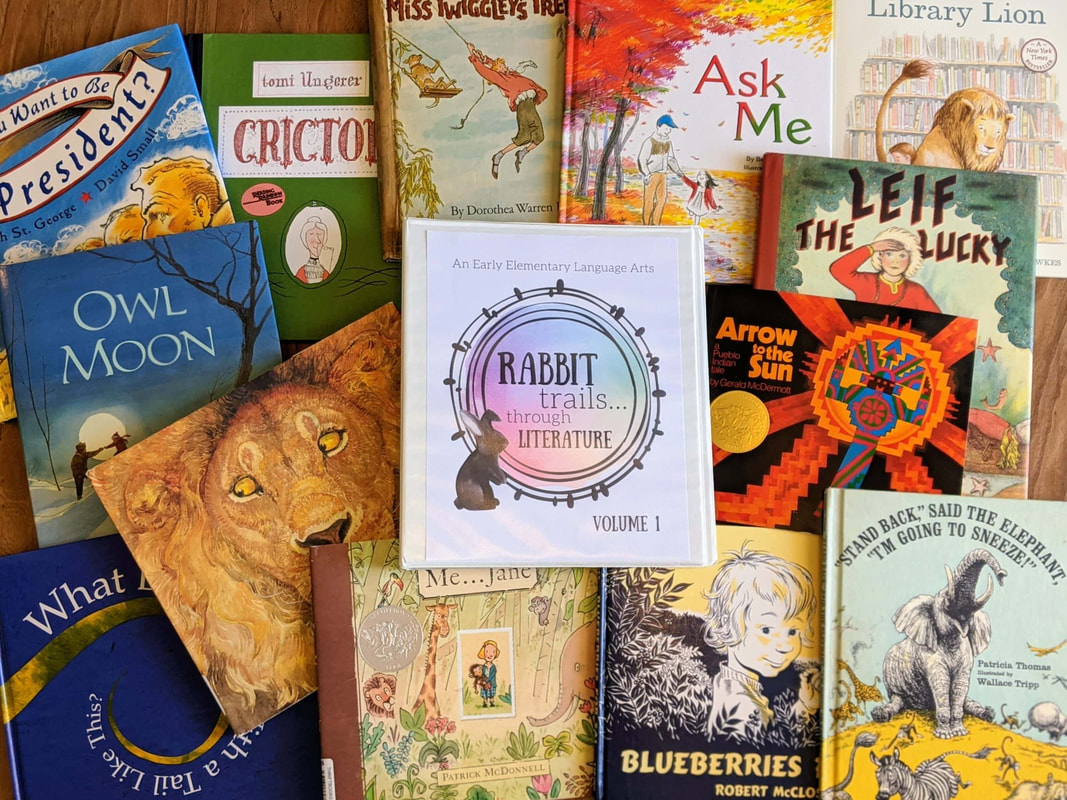
 RSS Feed
RSS Feed
